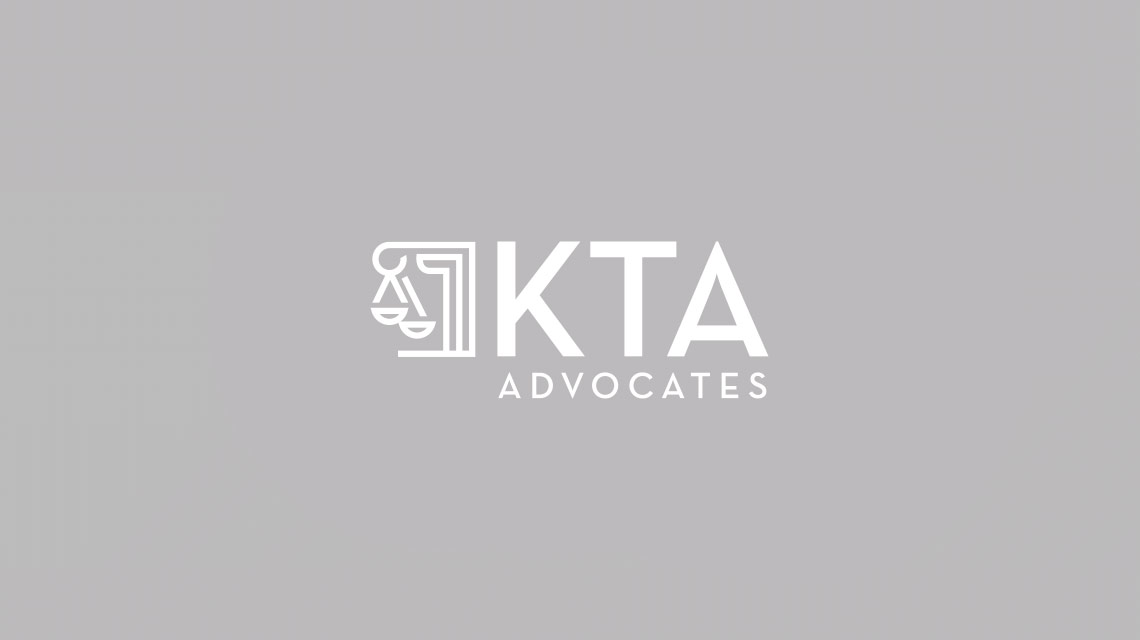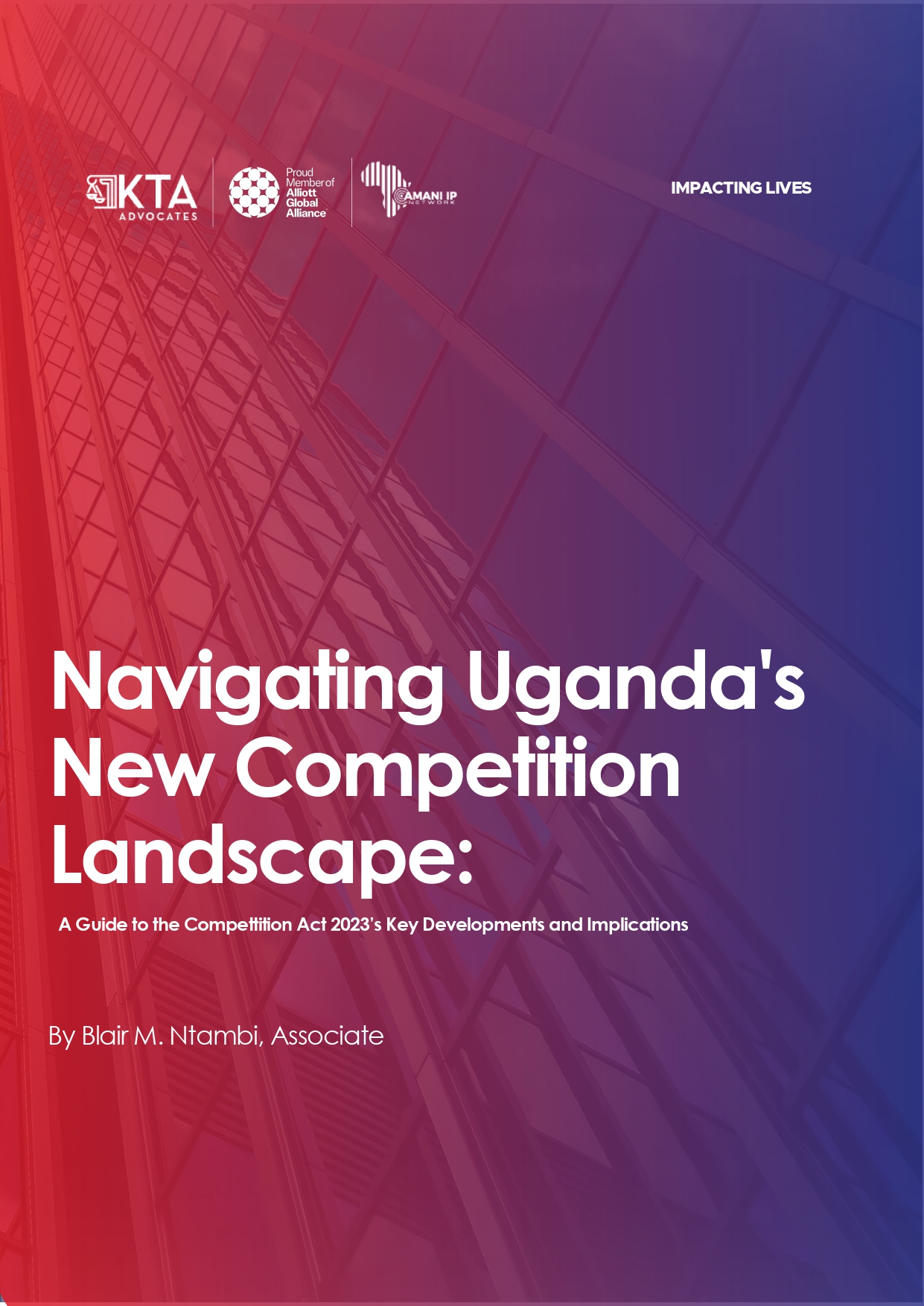Uganda is a bee-hive of Public-Private Partnerships (PPP’s) activity of recent. The Kampala-Entebbe and the proposed Kampala-Jinja Express highways are perhaps the “poster-boys” of this paradigm which has since 2015 had a law in the form of the Public Private Partnerships Act, 2015 providing a somewhat desirable legal cover for this new and emerging area.
At the heart of any PPP legal regime are the principles of “transparency” and “accountability” so as to deliver “value for money” and act in “public interest” in the execution of these multi-billion dollar projects.
It therefore goes without saying that a clear and thorough institutional framework for development and approval of PPP projects is very important.
Countries like Mexico have borne the brunt of poor institutions or institutional weaknesses; without establishing good institutional arrangements for dealing with PPPs, the taxpayers had to pay more than US$8 billion for a particular project. Chile also comes to mind; because of weak PPP institutions this country has been the subject of political pressure from the home countries of the companies that have been awarded PPP concessions through very aggressive lobbying.
Therefore the importance of a strong, solid institutional framework cannot be over-emphasized.
Primary among the institutions provided under the Act is the Public-Private Partnership Unit. The Act establishes the PPP Unit as the secretariat and technical arm of the PPP Committee mandated to provide technical, financial and legal expertise to the Committee and project team. This Unit is can be termed as the “life-blood” of the implementation of the PPP project. This Public-Private Partnership Unit is at the core of the successful implementation of PPP’s, providing the institutional gravitas that is needed.
The Act provides for the functions of the PPP Unit which include; carrying out civic awareness, creating understanding of Public-Private Partnerships, providing capacity building and advising the contracting authorities or other parties involved in the monitoring, planning and coordinating of Public-Private Partnerships.
Its other functions in a nutshell are; to provide specialized services, ranging from advice to project leadership/management, to government and its agencies with respect to identifying opportunities for maximizing the value of public capital assets and developing PPPs.
From experiences elsewhere, it will also be responsible for fostering a business and policy environment for successful PPPs by offering a centralized source of knowledge, understanding, expertise and practical experience in these areas. By and large, it is tasked with managing an efficient organization that meets and exceeds performance expectations.
The Act provides that this unit is to be established within the Ministry of Finance. The location of a PPP Unit within the Ministry of Finance enables it to benefit from the perks that come with its closeness to that pivotal Ministry. It also places it at a vantage point to be able to co-ordinate PPP activities and oversee their integration into the different Ministries and sectors of government.
I contend that PPP’s are beyond the capacity of the Ministry of Finance and the public sector and should be located outside that Ministry. In as much as it makes sense for a PPP Unit to be within the Ministry of Finance which is the Ministry where decisions concerning finances are made, therefore strategically positioning it to easily access funds for the proper carrying out of its activities. However, this can also have negative implications on checks and balances.
An institution that is tasked with carrying out high value, both economically and politically sensitive activities should not be strictly attached to one Ministry. I opine that this institution, especially because it is literally the most important institution in the PPP cycle, should be independent.
On the other hand, the independence of this PPP Unit could face some challenges if located outside the Ministry of Finance; a stand-alone PPP Unit outside of the Ministry of Finance may be marginalized.
The establishment of the PPP unit in Uganda which is also supposed to act as a Secretariat has been kept under wraps; it is not known whether its staffing, capacity building and resourcing is up and running, and neither have its operational guidelines been set up.
This has/ can have negative ramifications because it is the PPP Unit which has the obligation of creating awareness among Ugandans and all key stakeholders on matters relating to PPP’s.
Imperatively, therefore, this PPP Unit’s full establishment and formation should be fast tracked. Key information relating to PPP’s must be in the public domain in a timely manner. Public scrutiny is important for PPP’s as it is likely to stimulate investor interest and confidence.
Stakeholders rely on publically available information to keep themselves updated with the progress of projects and other developments, including possible investment opportunities. The need to therefore develop a thorough, robust and efficient communication strategy to sensitize both internal and external stakeholders and to establish a clear PPP process map cannot be over-emphasized.
A regularly updated website will also have to be made accessible to the public. In Brazil for instance, it was discovered that it is very important to carry out adequate public consultations in the form of public hearings as part of the preparation of a PPP project.
Therefore, setting up an appropriate governance structure of the PPP Unit should be a matter of priority; from its leadership, to its operations, to its staffing and its work with other government entities. This is very critical for matters concerning transparency and accountability.
Conflict of Interest
Section 48 of the Act bars conflict of interest in PPP projects. In my view, this particular provision of the Act is not comprehensive. The PPP Unit for example under Section 11 of the Act is given broad functions. These powers of the PPP Unit could see it venture into matters that could occasion a conflict of interest. The Act needed to have put in place safeguards against such eventualities; a PPP Unit should not be involved in developing the initial proposal for a PPP project whose technical merits, it will look into, and its role in this project must be limited to technical assessment, the PPP Unit should entirely be focused on capacity building and communicating or disseminating information on a PPP project, not deal making.
The Act more or less envisages the PPP Unit as the regulator of the PPP industry. There is a conflict of interest in the fact that the same PPP Unit which is supposed to promote PPP projects is also the same one that is tasked with regulation of the risks borne by the government.
To put it more succinctly, the promotions team is the one tasked with bringing projects to the market putting it in direct conflict with its other function of rejecting the same project (s) if it is not up to scratch and not capable of bringing value for money to the government. This is an example of a clear conflict of interest which must be avoided so as to avoid any negative eventualities.
I conclude my thoughts with this quote from seminal authors on Public-Private Partnerships, Dominique Custos and John Reitz
“If a private contractor abuses its power, to whom do we complain? How do we ensure adequate administrative and judicial review? How do we ensure adequate levels of public participation in important decisions the contractor makes affecting the public? How do we ensure the appropriate level of transparency for private contractors when they are carrying out public tasks? How important is it to ensure that the contractor personnel deciding how individual people will be treated under the contract are free from bias or conflicts of interest”.



